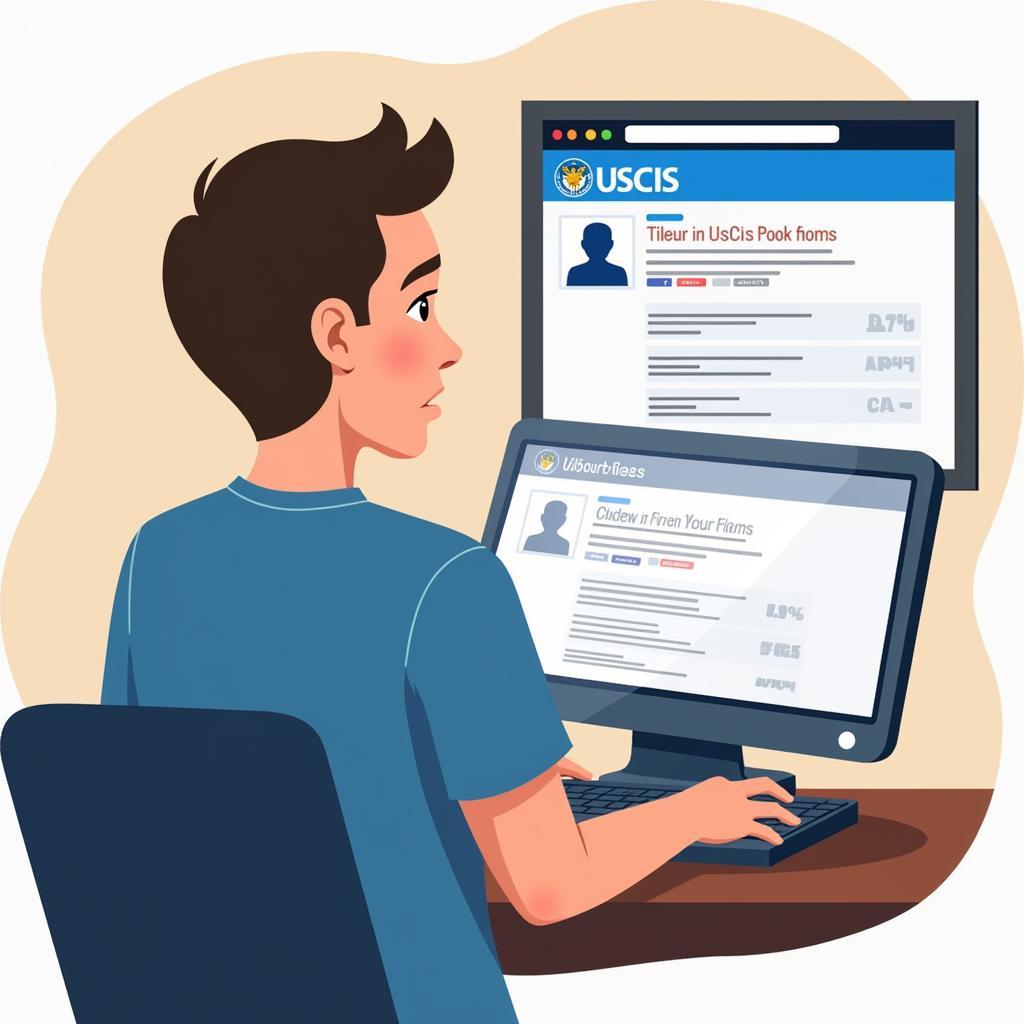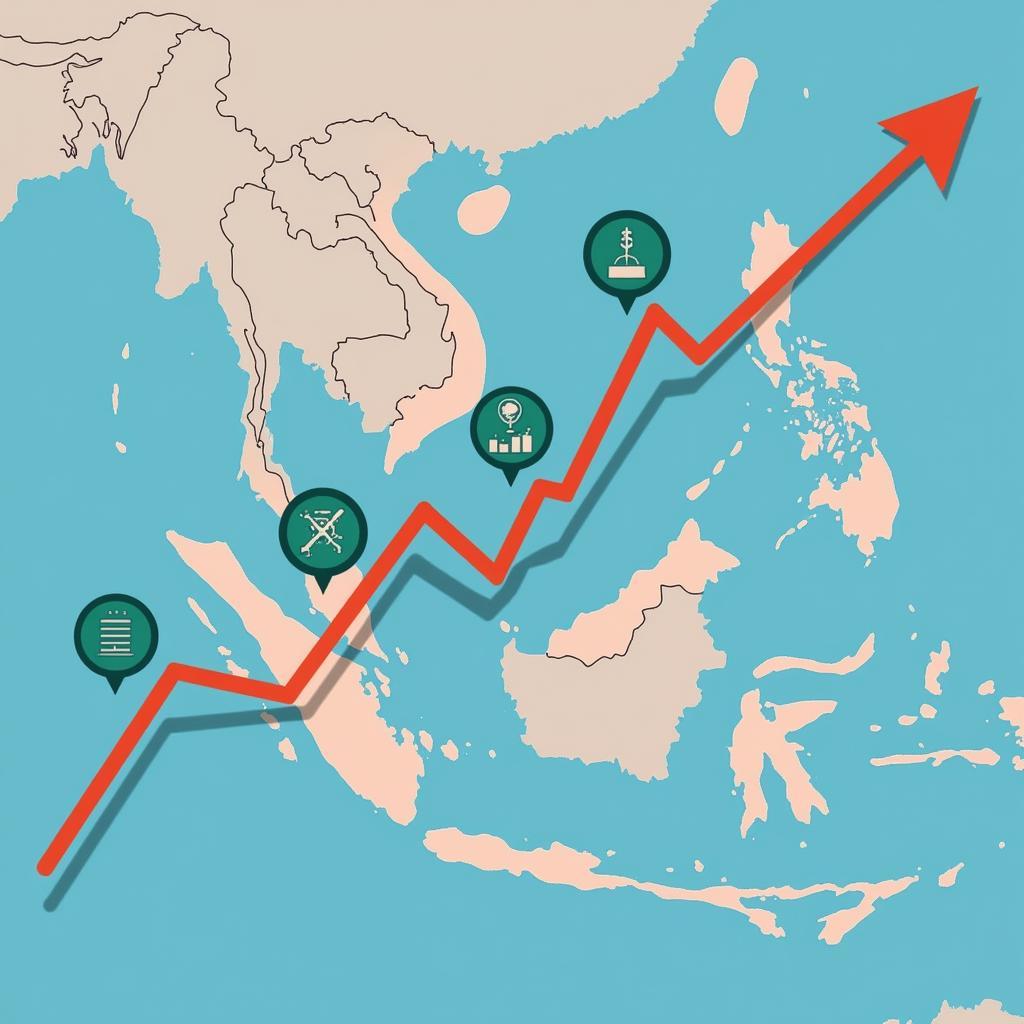“ASEAN on a policy means” is a phrase that often pops up in discussions about Southeast Asian integration and cooperation. But what does it actually mean? In essence, it refers to the mechanisms and approaches ASEAN utilizes to translate shared aspirations into concrete actions and tangible outcomes.
This article delves into the core of ASEAN’s policy instruments, exploring their evolution, impact, and the challenges they face in a rapidly changing world.
The ASEAN Way: Consensus and Consultation
At the heart of “ASEAN on a policy means” lies the principle of “The ASEAN Way.” This approach emphasizes consensus-building, non-interference in internal affairs, and a preference for dialogue and consultation over confrontation.
While this approach has been credited with maintaining peace and stability in the region, it has also been criticized for its slow pace and perceived lack of effectiveness in addressing pressing issues.
From Declarations to Frameworks: The Evolution of ASEAN Instruments
Over the years, ASEAN has developed a diverse toolkit of policy instruments. These range from:
- Declarations and Agreements: Non-legally binding documents outlining shared principles and commitments, such as the ASEAN Declaration (1967) and the Treaty of Amity and Cooperation (1976).
- Frameworks and Blueprints: Roadmaps for regional cooperation in specific areas, such as the ASEAN Economic Community Blueprint 2025 and the Master Plan on ASEAN Connectivity 2025.
- Legal Instruments: Binding agreements with legal force, like the ASEAN Charter (2007), which provides a legal framework for the organization.
Key Pillars of ASEAN Cooperation
ASEAN’s policy instruments are deployed across three main pillars of cooperation:
- Political-Security Community: Focusing on promoting peace, security, and stability in the region through dialogue, confidence-building measures, and conflict prevention mechanisms.
- Economic Community: Aiming to create a single market and production base with free flow of goods, services, investment, and skilled labor.
- Socio-Cultural Community: Striving to enhance people-to-people connectivity, promote cultural exchange, and address social issues such as poverty, inequality, and climate change.
Challenges and Opportunities in a Dynamic World
While “ASEAN on a policy means” has yielded significant achievements, the organization faces mounting challenges in a rapidly evolving global landscape:
- Geopolitical Rivalries: Navigating intensifying competition between major powers in the region while maintaining ASEAN centrality.
- Non-Traditional Security Threats: Addressing transnational challenges such as terrorism, cybercrime, and pandemics that require collective action.
- Narrowing the Development Gap: Bridging the economic and social disparities within ASEAN to ensure inclusive and sustainable development.
- Enhancing Institutional Capacity: Strengthening ASEAN’s institutions and mechanisms to enhance efficiency, transparency, and effectiveness.
“ASEAN on a policy means” must adapt and innovate to remain relevant and effective in addressing these complex challenges.
ASEAN’s Future: Strengthening Regionalism in an Interconnected World
Despite the challenges, ASEAN has the potential to become a more robust and influential actor on the global stage.
- Deepening Integration: Furthering economic integration through initiatives like the Regional Comprehensive Economic Partnership (RCEP) and enhancing connectivity through infrastructure development.
- Strengthening Partnerships: Engaging with external partners, both regionally and globally, to address shared challenges and promote multilateralism.
- Empowering People: Investing in human capital development, promoting social inclusion, and empowering citizens to actively participate in the regional integration process.
By leveraging its unique strengths and embracing a forward-looking approach, “ASEAN on a policy means” can continue to shape a brighter future for Southeast Asia and contribute to a more peaceful, prosperous, and sustainable world.
FAQs about ASEAN Policy Instruments
1. What is the ASEAN Charter and why is it important?
The ASEAN Charter, adopted in 2007, is a legally binding agreement that provides a formal framework for ASEAN. It aims to enhance the organization’s decision-making processes, promote its credibility and accountability, and strengthen its institutional capacity.
2. What is the role of consensus in ASEAN decision-making?
Consensus is a cornerstone of “The ASEAN Way.” It requires all member states to agree on a particular issue before a decision can be made. While this approach promotes unity and prevents domination by larger states, it can also lead to slow progress and watered-down agreements.
3. How does ASEAN address non-traditional security threats?
ASEAN has established various mechanisms to address non-traditional security threats, such as terrorism, transnational crime, and pandemics. These include information sharing platforms, joint exercises, capacity-building programs, and legal frameworks for cooperation.
4. What are some examples of successful ASEAN policy initiatives?
ASEAN has achieved notable successes in areas such as trade liberalization, investment facilitation, and disaster management. The ASEAN Free Trade Area (AFTA), the ASEAN Comprehensive Investment Agreement (ACIA), and the ASEAN Coordinating Centre for Humanitarian Assistance on disaster management (AHA Centre) are prime examples.
5. How can I learn more about specific ASEAN policies and initiatives?
The ASEAN Secretariat website provides comprehensive information on ASEAN’s policies, agreements, and initiatives across various sectors. You can also find resources and publications on specific topics of interest.
Need More Information?
ase certified mechanics near westminster co
ase certified transmission shops
For inquiries or assistance, don’t hesitate to contact us:
Phone: 0369020373
Email: [email protected]
Address: Thôn Ngọc Liễn, Hiệp Hòa, Bắc Giang, Việt Nam
Our dedicated customer support team is available 24/7 to assist you.


